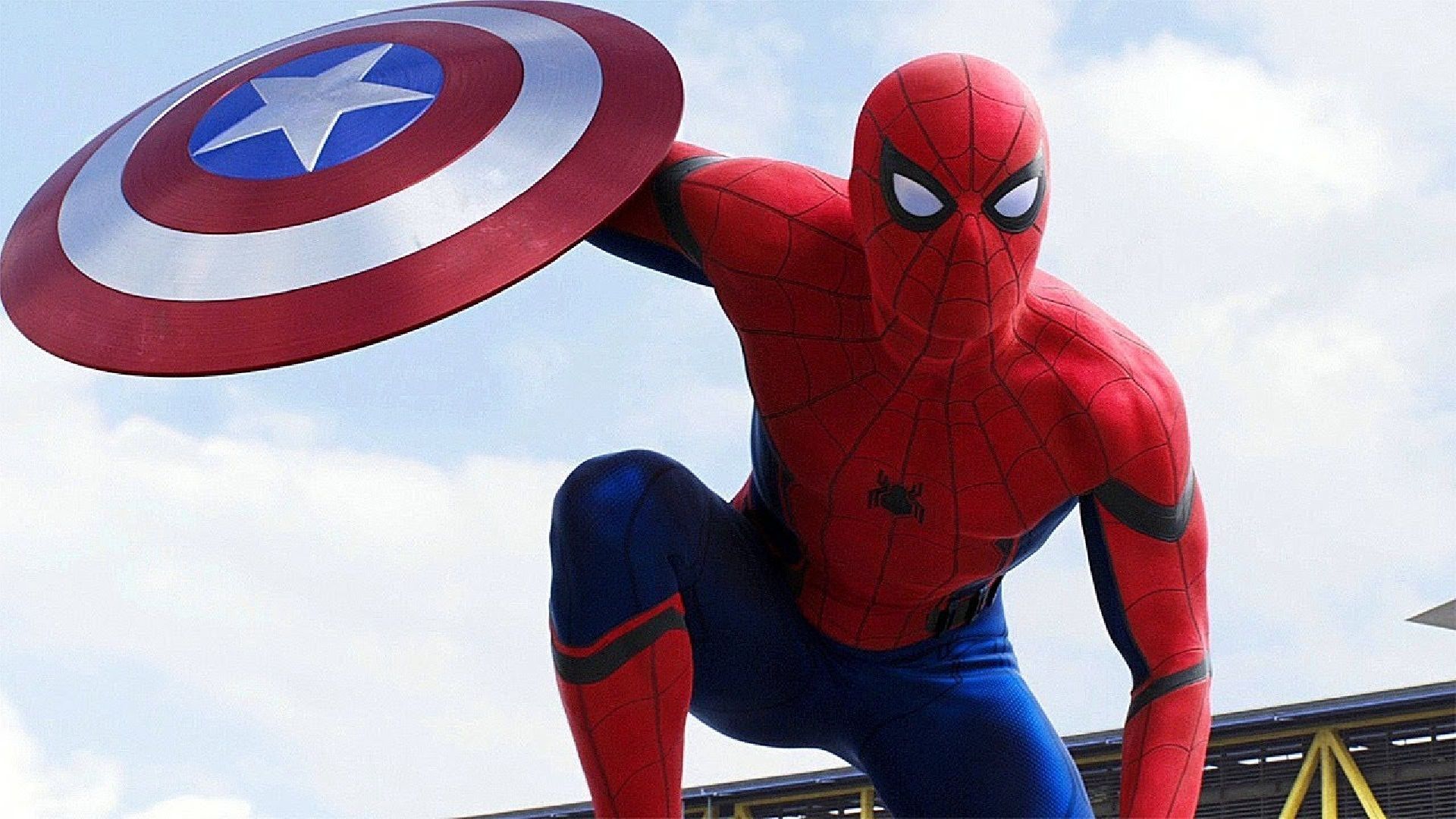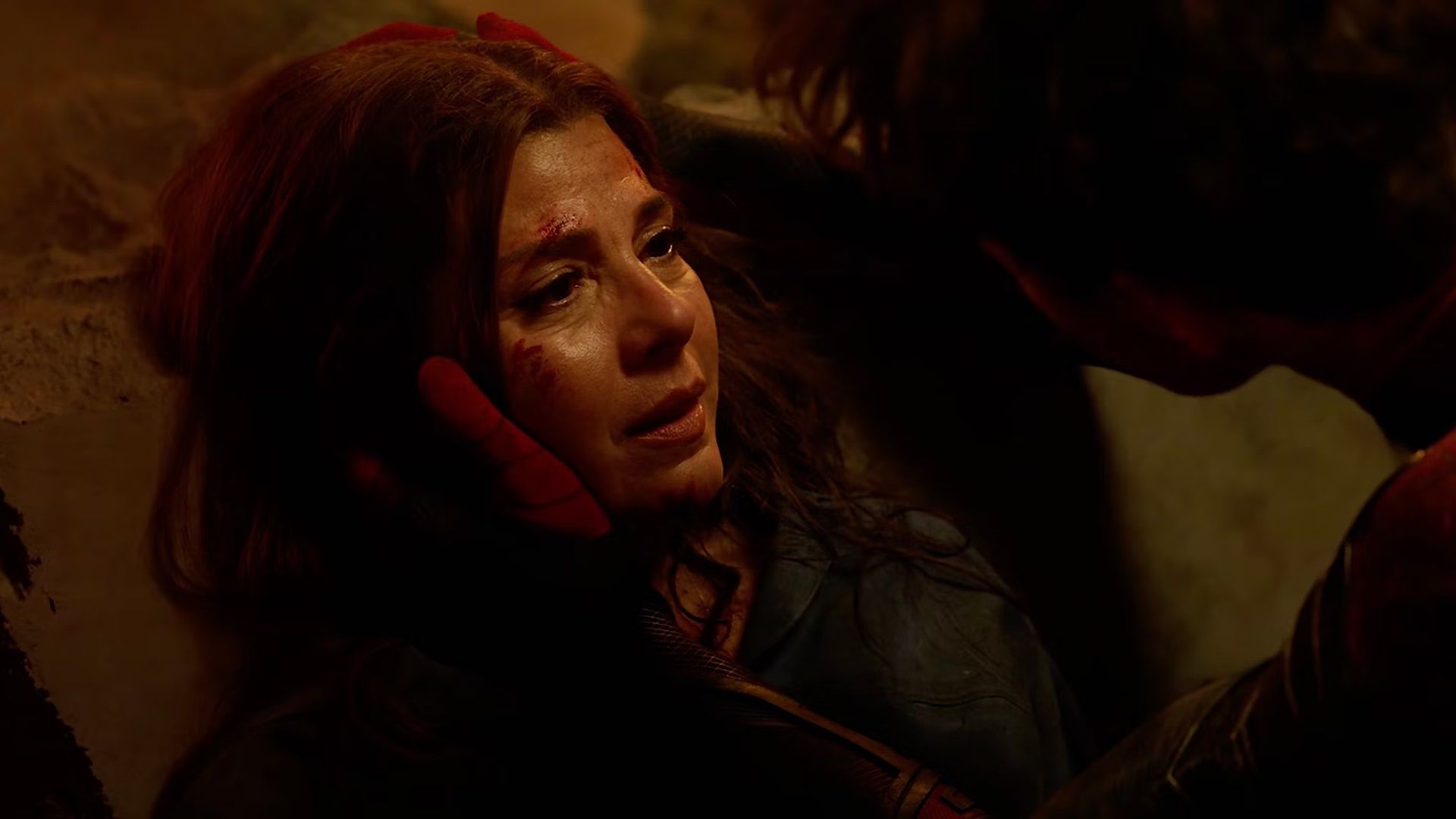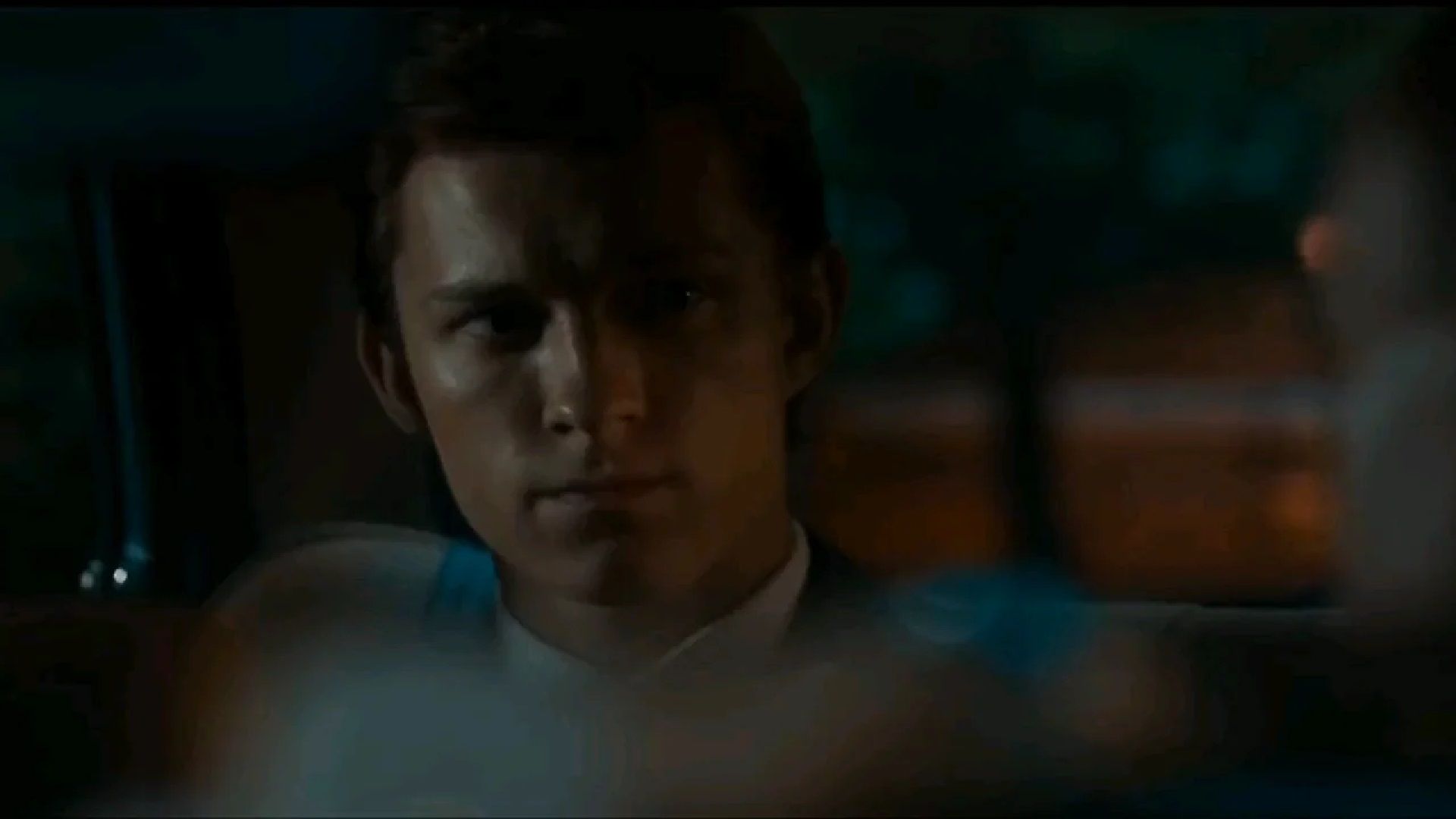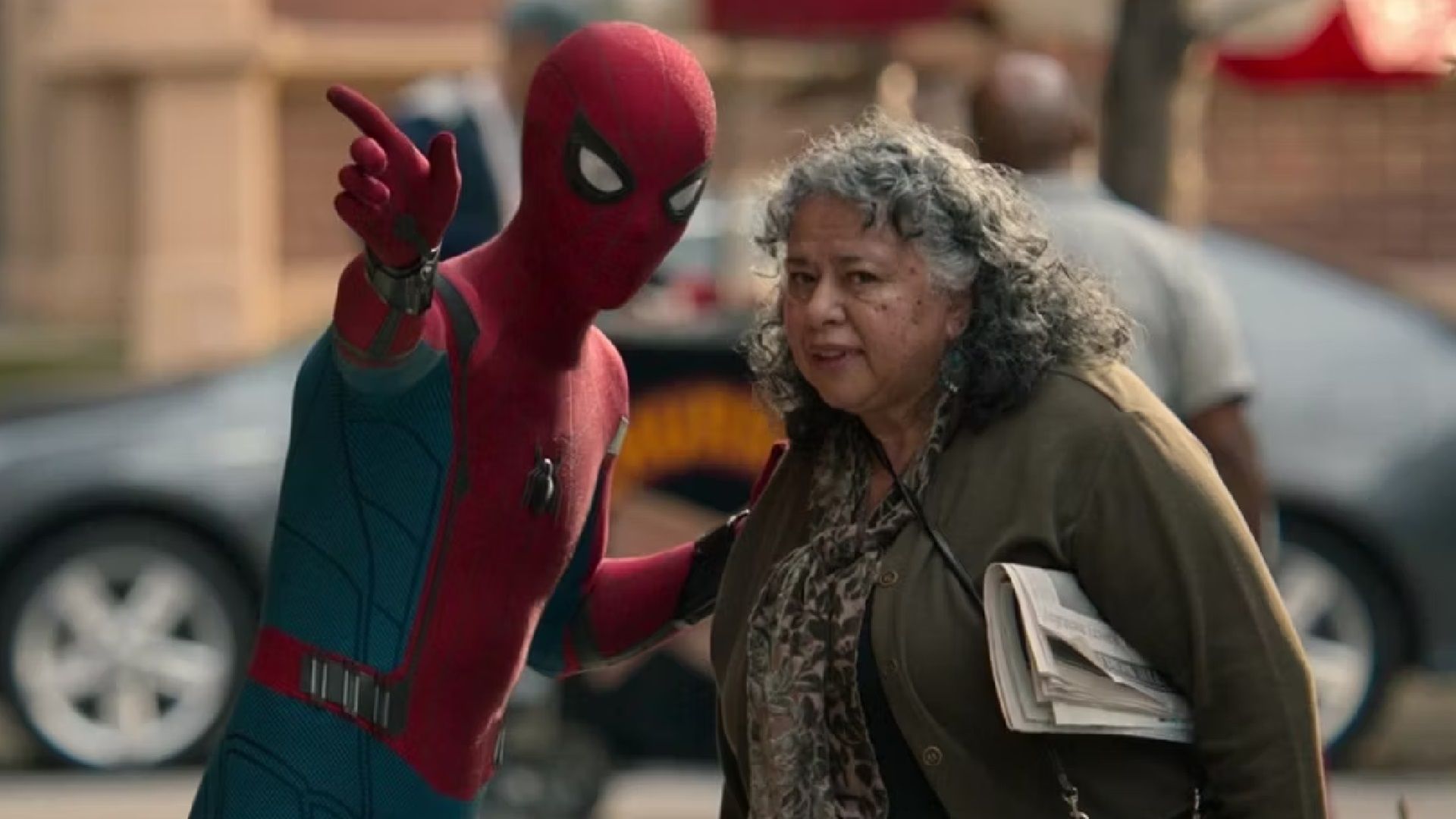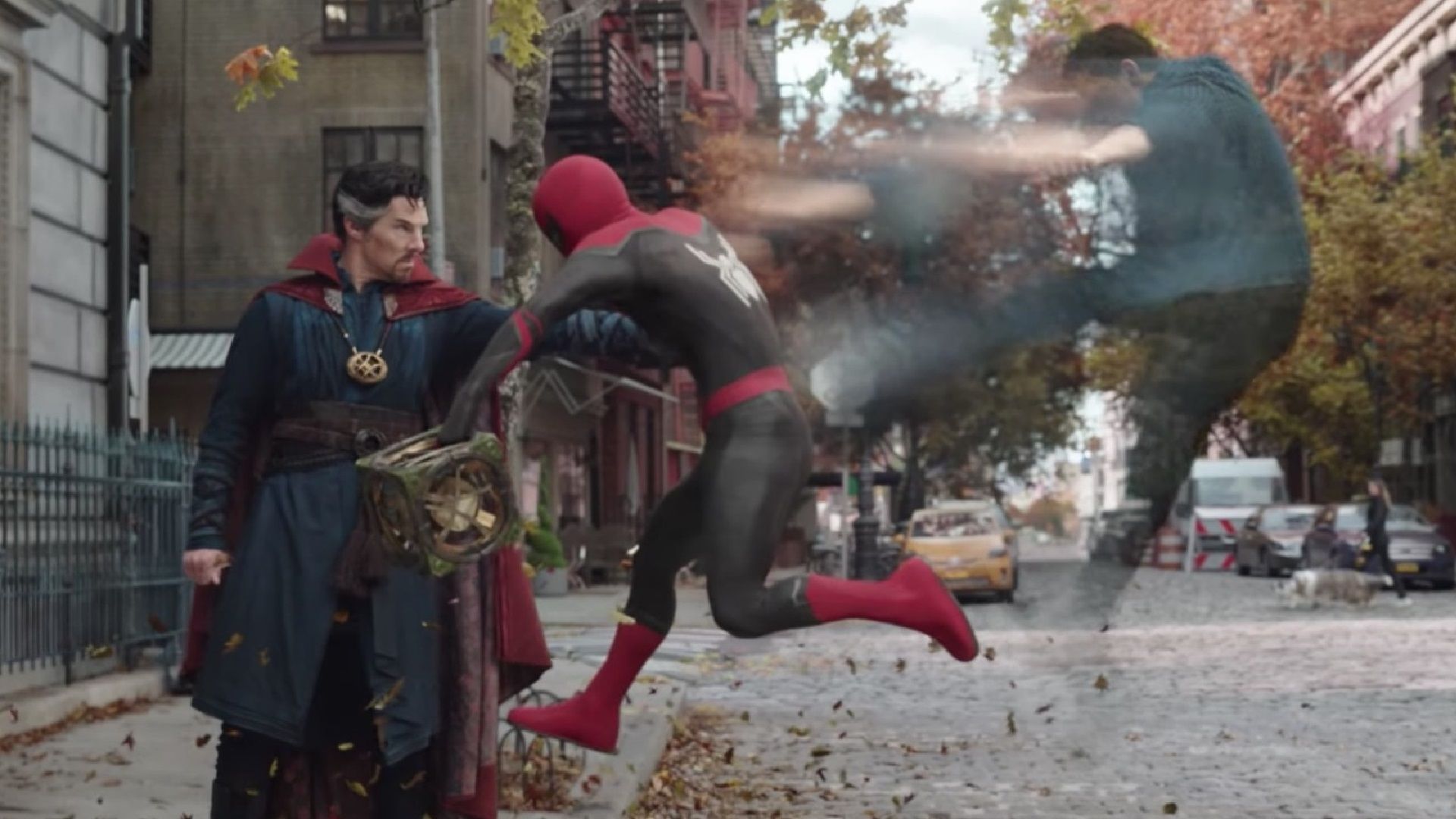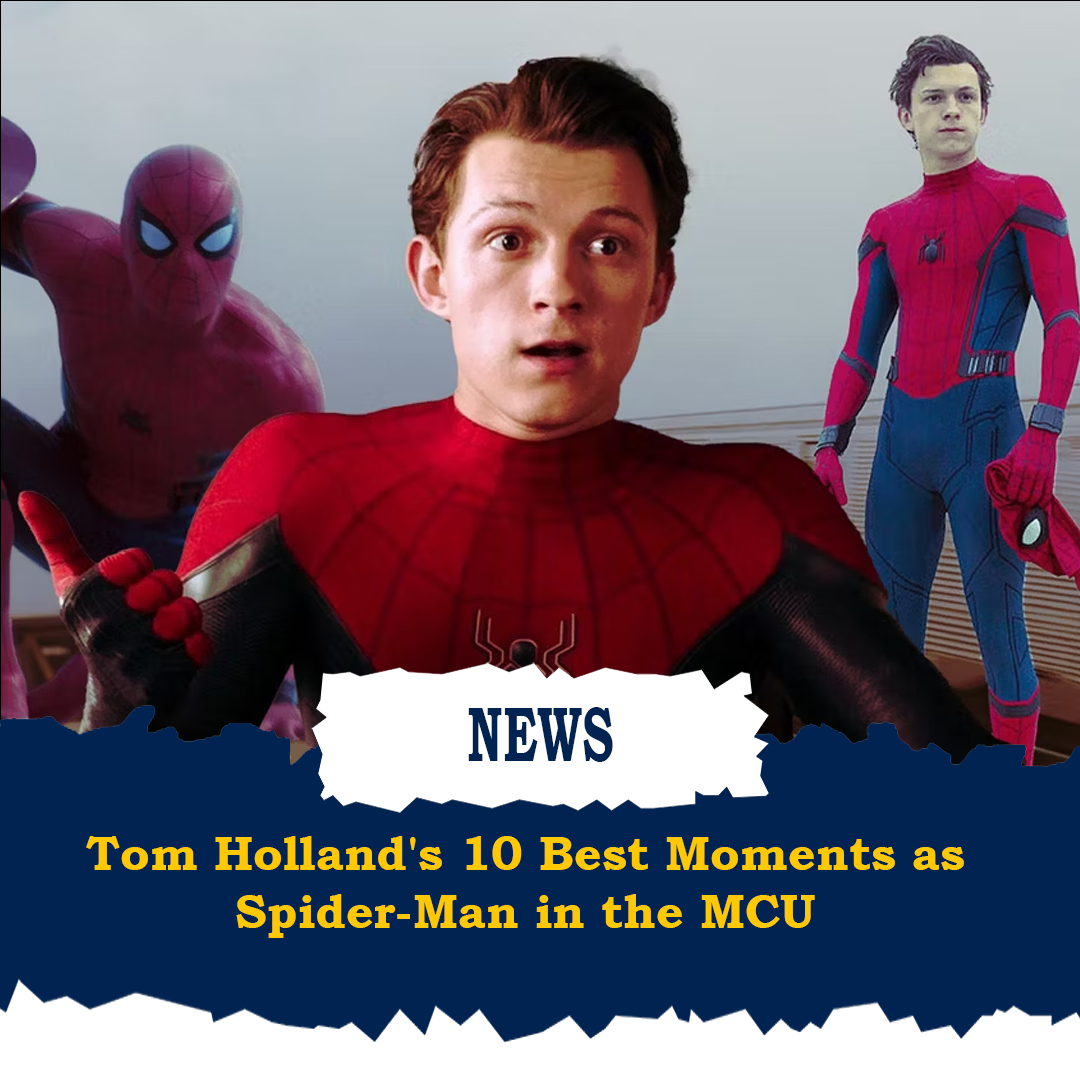
When Tom Holland was first announced as playing Peter Parker/Spider-Man in the Marvel Cinematic Universe, he had some big shoes to fill. Both Tobey Maguire and Andrew Garfield’s versions of the character were popular, and many were wondering if audiences would accept a third Spider-Man so soon after the previous reboot.
Yet Holland quickly won over fans and critics and, for an entire generation, he’s their Spider-Man. Holland’s Spider-Man feels like the perfect mixture of what audiences think of when they imagine the comic book Peter Parker, particularly mixing the classic Stan Lee and Steve Ditko’s The Amazing Spider-Man comics with the iconic Brain Michael Bendis and Mark Bagley Ultimate Spider-Man.
Holland has appeared as Spider-Man in six MCU films, which include Captain America: Civil War, Spider-Man: Homecoming, Avengers: Infinity War, Avengers: Endgame, Spider-Man: Far From Home, and Spider-Man: No Way Home, and is expected to make a seventh appearance in Spider-Man 4. He has been playing the role for eight years now, longer than his two predecessors and with more cinematic appearances.
Here are Tom Holland’s top ten best moments as Spider-Man in the MCU.
10 Spider-Man in Germany
Captain America: Civil War
Captain America: Civil War‘s second act airport battle in Germany is a highlight in the MCU. It features a variety of heroes facing off with one another, showcasing their powers and letting fans settle classic “who would win” debates. This is also the first time audiences got to see the MCU’s Spider-Man in action and Tom Holland immediately was able to sell what made his Spider-Man different from his predecessors.
Spider-Man Like Never Before
Spider-Man jumping into battle was the money shot of the second Captain America: Civil War, and the fight in the film delivered on the promise of the trailer. Spider-Man immediately trades quips in his fight with The Falcon and the Winter Soldier while displaying many of his signature powers from super strength, spider-sense, and, of course, his trademark webbing.
He also displays his intelligence as he comes up with the plan to take down Giant-Man. In just one action scene, Tom Holland’s Spider-Man immediately won over fans and excited them about the MCU’s webheaded future.
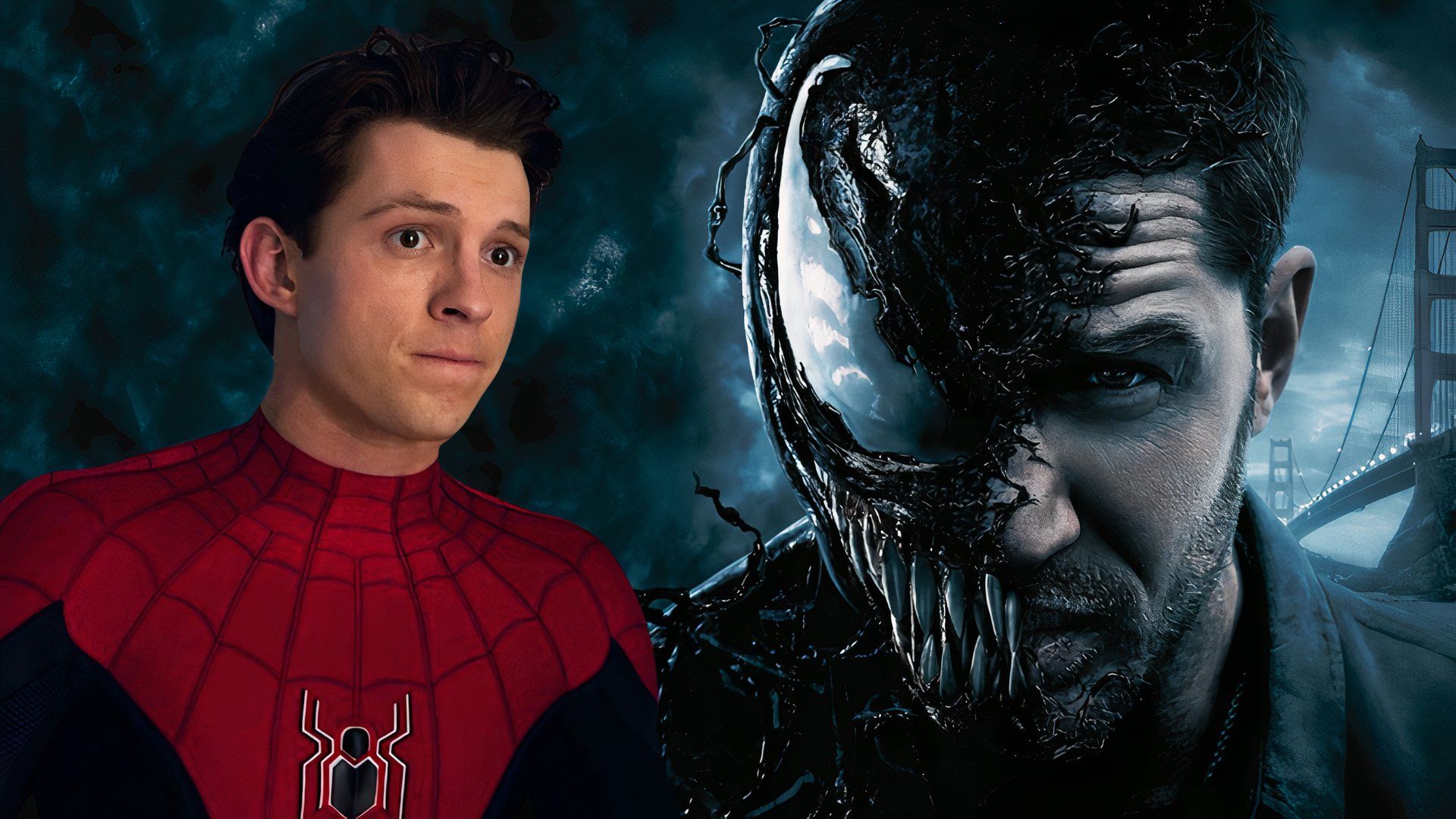
Related
It’s the Perfect Time to Give MCU Fans What They Want – A Tom Holland Venom
Following the events of No Way Home, it’s time for Tom Holland to deal with the one villain that truly makes him question himself.
9 Aunt May’s Death
Spider-Man: No Way Home
Tom Holland has a lot of great moments as Peter Parker with his accomplished co-stars, from Michael Keaton to Jake Gyllenhaal. Yet one of his best scenes with an accomplished co-star is with Academy Award winner Marisa Tomei in Spider-Man: No Way Home. Tomei played Aunt May in five MCU films, and Spider-Man: No Way Home gives her the most to do and one of the most heartbreaking moments in the franchise.
In an epic fight with the Green Goblin, May finds herself wounded by the Goblin’s glider and dies in Peter’s arms, but not before telling him the most important lesson: with great power, there must also come great responsibility.
A New Twist on the Origin
When he joined the MCU, the big hook for Spider-Man was that audiences wouldn’t need to see the origin again. Until What If…?, the MCU Spider-Man had never mentioned Uncle Ben, but his death was heavily implied.
Yet Spider-Man: No Way Home puts a new wrinkle in the entire story that recontextualizes the Spider-Man story audiences have been watching. All of this has been a giant origin story for Spider-Man, and Tomei’s May gets to impart the signature line of the franchise to him. Tomei gives an incredible performance, and it is Holland’s anguish and sadness that truly sell the moment. This scene shows that Spider-Man: No Way Home is more than a mere cameo fest, it’s a great Spider-Man story.
8 Discovering Liz’s Dad Is the Vulture
Spider-Man: Homecoming
Everyone who saw Spider-Man: Homecoming remembers their reaction when Peter Parker arrives at his date Liz’s house, and the door opens to reveal Adrian Toomes, aka the Vulture, standing there.
The audience and Peter Parker are stunned, but the situation only worsens when it is discovered that Toomes is Liz’s father, and Peter realizes he is on a date with his enemy’s daughter. The following car scene, where Peter tries to downplay his identity while Vulture pieces it together, is one of the tensest moments in the franchise.
Peter Parker Luck
Making Liz’s father the Vulture was a stroke of genius. Everyone in high school knows the stress of going on a date, particularly meeting one’s parents, so the idea of making the parent a supervillain fits both the classic bad luck of Peter Parker in the comics and Spider-Man: Homecoming being a teen comedy where the superhero tropes exaggerate the high school experience.
The tense car ride showcases strong performances from Keaton and Holland, and in the final moment where Liz gets out of the car and Toomes tells Peter that he will let him go but not to stand in his way or he will kill him perfectly showcases Spider-Man: Homecoming mixing the reliable high school experience through the lens of superhero storytelling conventions.
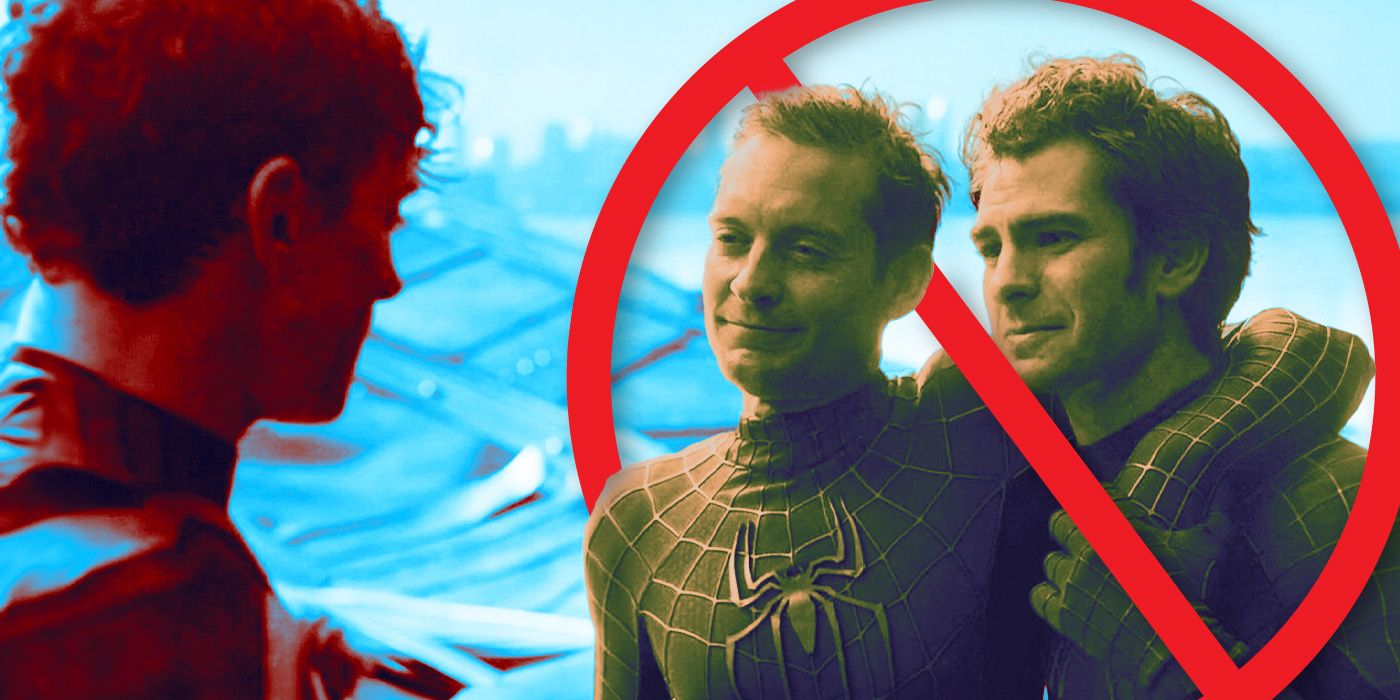
Related
Why Bringing Andrew Garfield or Tobey Maguire Back as Spider-Man Again in the MCU is a Bad Idea
Bringing Tobey Maguire and Andrew Garfield back for Spider-Man 4 with Tom Holland would be a major mistake that would hurt the Marvel character.
7 Friendly Neighborhood Spider-Man
Spider-Man: Homecoming
Spider-Man: Homecoming quickly established itself as a very different Spider-Man film than what came before. While the Tobey Maguire-led Spider-Man films were intimate character dramas and the Andrew Garfield movies had this big, massive world-building mythology, Tom Holland’s first Spider-Man outing wanted to sell the fact that this was a teenage superhero living in a world full of superheroes.
Much like how Teenage Mutant Ninja Turtles: Mutant Mayhem wanted to emphasize the teenager, Spider-Man: Homecoming emphasized the friendly neighborhood angle of the hero.
Do a Flip
This montage of Peter Parker working as Spider-Man in Queens was a funny and refreshing change of pace, instead of the big epic swinging through New York City, where the audience is treated to a Spider-Man operating in a different area of New York with a smaller low-level crime.
There is a sense that nothing is big or eventful, just mundane small crimes and even mistakes on Spider-Man’s part, like webbing a guy trying to get into his own car. The sweet moment of him giving a woman directions or interacting with the citizens acting him to do a backflip sells the youthful energy of this hero, feeling very much like the early Stan Lee and Steve Ditko version of the hero.
6 Spider-Man’s Final Swing
Spider-Man: No Way Home
The final scene of Spider-Man: No Way Home is hard to forget. Doctor Strange’s spell has worked and sent everyone back to their respective universe, but at a cost. Everyone has not only forgotten that Peter Parker is Spider-Man, they’ve forgotten who Peter Parker is. He is on his own, and the film’s final moments show him in a small apartment studying for a GED while he makes his own suit.
The film ends with Spider-Man swinging through New York City during Christmas in a bright red and blue spandex suit that feels like it is pulled straight from the comics.
He Will Always Be Spider-Man
A common criticism of the Marvel Cinematic Universe Spider-Man was how he didn’t feel like the classic Spider-Man from the comics…or, more accurately, was not the depiction audiences imagined as the prototypical Spider-Man set out by the Sam Raimi-directed movies.
The ending of Spider-Man: No Way Home looks to answer that fan criticism by marking the end of Peter Parker’s young high school years being defined by his relationship with the Avengers and now on his own heading into adulthood. He is in the classic Spider-Man setup fans associate with the character.
Putting him in a homemade suit, removed from the Iron Man-based tech suits the MCU had previously put him in, made this scene feel like the Spider-Man audiences remember. Despite Spider-Man: No Way Home having a rather bleak ending when one thinks about it, the final shot of Peter Parker in the original Spider-Man suit was enough to leave the audience with a smile and excitement for Spider-Man 4.
5 Spider-Man Defies Doctor Strange
Spider-Man: No Way Home
During Spider-Man: No Way Home, Doctor Strange tells Peter Parker that all of the villains must return to their universes to die, as it is their fate. Peter Parker takes action and moves against Doctor Strange, and the two engage in an epic battle where Spider-Man tries to convince Doctor Strange that these villains don’t have to die, but their fate can be changed.
While it might appear that Doctor Strange should beat Spider-Man, Peter Parker’s intellect allows him to beat Doctor Strange and give him some time to find a way to save everyone.
What Makes Spider-Man a Hero
Spider-Man’s decision to stand against Doctor Strange and work to save the lives of the villains who are “fated” to die might be one of his most heroic acts in the franchise.
While none of the other Spider-Man movies had Spider-Man actively kill his villains, Spider-Man: No Way Home argues that Peter Parker won’t stand by and watch these people die. He will do whatever it takes to help them escape death.
Much of superhero media often sees heroes have too much disregard for human life, but in this moment, Spider-Man shows that a hero’s duty is to save lives, even villains, with the emphasis being on rehabilitation instead of incarceration.
4 Spider-Man Team Up
Spider-Man: No Way Home
Spider-Man: No Way Home is often accused of only being a hit because of audience nostalgia for the return of Tobey Maguire and Andrew Garfield’s Spider-Man. That feels a little dismissive, mainly because of how well the film incorporates them and makes them part of the story.
This is highlighted in the film’s climax when the three Spider-Men team up to cure the various multiversal villains. Just before the fight, the three Spider-Men bond over their similarities but also highlight their differences, and in the final battle, the three of them work together as a team.
The More Things Change, The More Things Stay the Same
Bringing together all three live-action Spider-Man actors not only allows Spider-Man: No Way Home to be a love letter to the cinematic legacy of Spider-Man, but in particular, it also goes to show what makes each Spider-Man unique while highlighting where they are the same.
The three Spider-Men compare their various villains or how they’ve all had moments of self-doubt. Then, during the climax, since Holland’s Spider-Man is the only one who exists in a world with other superheroes, he is able to act as the leader. It gives him a moment of character growth to be the leader while allowing his two multiversal counterparts the chance to no longer work alone. This scene is a great characterization for all three Spider-Men.
3 I Don’t Feel So Good
Avengers: Infinity War
While many of the best Spider-Man moments are ones of triumphant, Tom Holland’s performance in Avengers: Infinity War during the film’s climax is a standout for the entire franchise.
After Thanos snapped his fingers and fulfilled his mission of wiping out half of all life in the universe, audiences witnessed beloved fan-favorite characters like Black Panther, Scarlet Witch, and most of the Guardians of the Galaxy disappear. Yet the one that hit the hardest was seeing Peter Parker fading away, telling Tony Stark he didn’t want to go.
Tony’s Worst Nightmare
Ever since his debut in the Marvel Cinematic Universe, Tom Holland’s Spider-Man has been linked to Tony Stark’s Iron Man. Tony Stark was a mentor to Peter Parker, a symbol of everything Peter wanted to be. Meanwhile, Tony saw Peter Parker as a surrogate son and was very protective of the young boy.
In this moment, Tony Stark is forced to hold the young man he promised to take care of die while he is powerless to save him. Tom Holland’s delivery of the line “I don’t feel so good” has stuck with audiences ever since, and both Holland and Downey Jr. give great performances that, even if you know the death will be undone in the next film, it doesn’t take away from how emotionally raw and devastating the moment is.
2 Lifting the Debris
Spider-Man: Homecoming
Spider-Man: Homecoming is a movie all about Peter Parker’s place in the Marvel Cinematic Universe. What does it mean for this Spider-Man to live in a world of heroes, particularly as a kid who has idolized them?
Throughout the film, Peter Parker believes he needs the suit Tony Stark gave him to be a better hero. When he goes to confront Vulture in his original homemade costume, he finds himself buried under a pile of rubble and seems unable to break through. He believes he is stuck and will die, but eventually gains the courage and strength to push himself, lifting the rubble and proving that even without the suit, he is Spider-Man.
If This Be My Destiny…
The image of Spider-Man lifting the rubble as he is sinking is pulled straight from the comics in the storyline “If This Be My Destiny…” from The Amazing Spider-Man #31–33.
The image of Spider-Man pushing himself beyond his limits to lift the debris is a direct homage to issue #33. Seeing this iconic image from the comics brought to life helped cement Holland’s version of Spider-Man as the closest interpretation to the original high school hero that Stan Lee and Steve Ditko imagined. It also established early on that Peter Parker didn’t need Tony Stark’s advanced technology to be Spider-Man because the hero was inside him.
1 His First Scene
Captain America: Civil War
For all of the great moments, Holland’s best Spider-Man scene is still his first scene in Captain America: Civil War. There was a lot of hype around including Spider-Man in the Marvel Cinematic Universe at the time, and the casting search was extensive. When audiences were watching the movie and the words ‘QUEENS’ popped up on the screen, everyone was leaning forward to get a first glimpse of the MCU Spider-Man.
Holland does not disappoint and perfectly captures the young, sweet nature from the comics that fans wanted to see in just a few short minutes while establishing great on-screen chemistry with Robert Downey Jr.’s Tony Stark.
Spider-Man Is Here
When Holland’s Spider-Man entered the MCU, any question of whether audiences would be put off by the idea of a third reboot of a popular hero in less than twenty years was immediately put to rest.
Holland’s Peter Parker immediately felt both relatable and iconic. He felt like Spider-Man had walked off the page and onto the screen, and it was the first time Spider-Man on film felt truly like a kid, which was what audiences loved about Spider-Man from the beginning. In this one scene, Holland proved himself a great Spider-Man and became a movie star.

